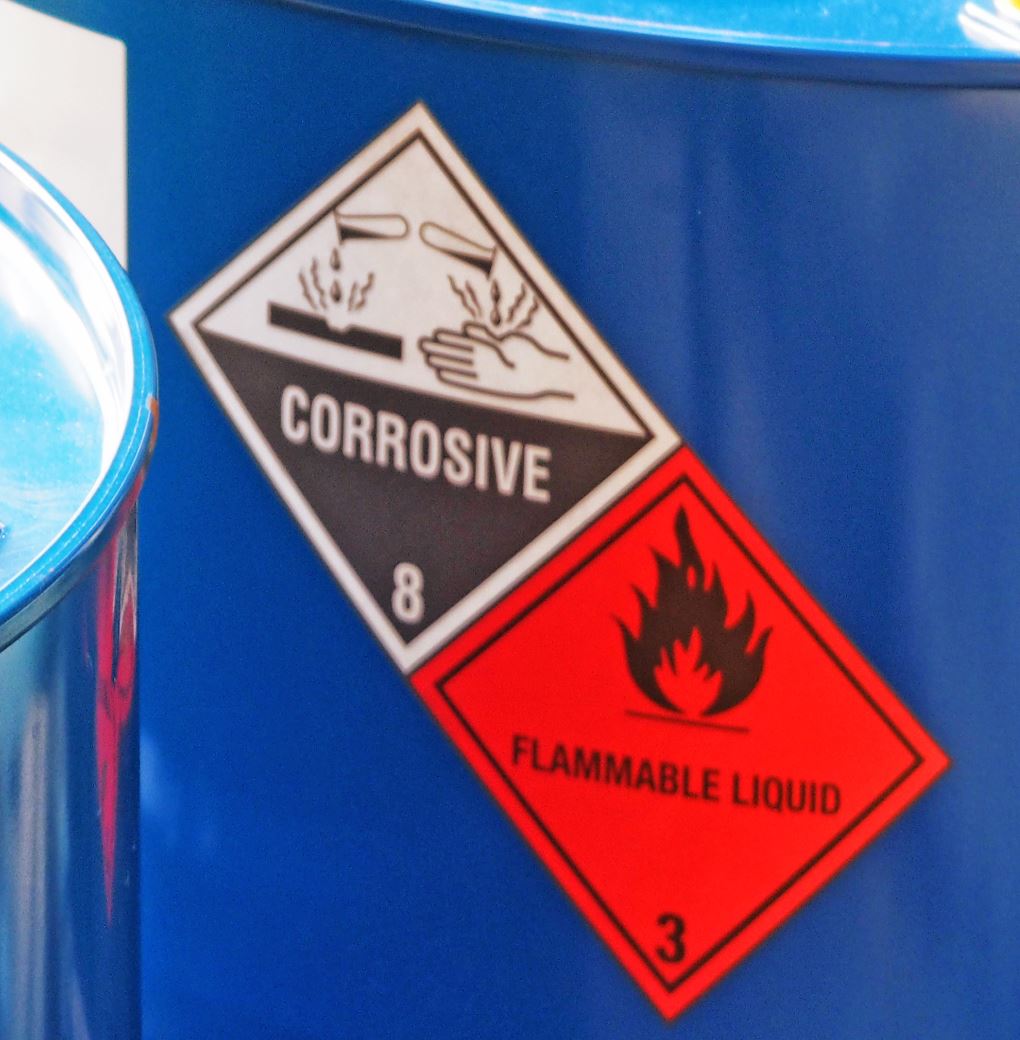 In our last post, we discussed the regulations that OSHA sets for laboratories to create and maintain a chemical hygiene plan. In this post, we are going to move on to CAP, the College of American Pathology, another of the agencies that inspects, accredits, and sets standards for medical laboratories. CAP has a number of standards that relate to chemical hygiene and should therefore be addressed when creating your chemical hygiene plan.
In our last post, we discussed the regulations that OSHA sets for laboratories to create and maintain a chemical hygiene plan. In this post, we are going to move on to CAP, the College of American Pathology, another of the agencies that inspects, accredits, and sets standards for medical laboratories. CAP has a number of standards that relate to chemical hygiene and should therefore be addressed when creating your chemical hygiene plan.
One of those standards is GEN .74300. This standard requires a review of safe practices to reduce hazards in your lab. This review has to include blood borne hazard control as well as chemical hygiene. One way to do that is to keep some kind of chart with a log of any incidents, such as spills. This chart would have the date, incident description, any recommendations or response that was taken. This log should be reviewed monthly and discussed in a safety meeting if there are incidents.
Another important CAP standard is GEN .7600 which requires a chemical hygiene plan. This has a very long note about what all needs to be in the plan, most of which is covered by the OSHA plan requirements. The CAP standard does also look for evidence of compliance, ways for the inspector to tell if your lab is compliant, which includes written evaluation of your chemicals for carcinogenic potential, reproductive toxicity, and acute toxicity. This has to be done for every chemical your lab uses. One way to do this is by including the chemical evolution with your chemical inventory so you know that it is done for every chemical. In addition, for the compliance section, the inspector will be looking for evidence of regular inspection of your fume hood.
CAP standard GEN .76100 talks about general chemical safety, which mainly just includes a similar standard to OSHA, requiring that staff have access to the chemical hygiene plan. You can’t have it locked away in some supervisors office, and you need a backup of it if something happened to your computer system.
CAP standard GEN.76200 talks about chemical labeling. You have to label all of your chemicals in the lab, whether they are primary or secondary containers (another container you have poured a chemical into). Most of your primary containers are going to come from the manufacturer with all of the info you need already on them. Secondary containers need some form of ID of the chemical, what is the hazard, and what is the expiration date. The hazard can use the GHS, NFPA, or HMIS system of labeling. You can use a placard if it is something like on a stain line where the labels may be hard to read or come off if they were put directly on the container.
Chemical emergencies are addressed in GEN.76400. This includes things like, are there proper signage telling what to do if someone needs to use the eyewash. Do you have the appropriate supplies to handle a chemical spill, and if you do, make sure they’re not expired? You should be checking these supplies every year to make sure they are still useable.
PPE, always a relevant topic in the age of COVID, is covered by CAP standard GEN.76300 which provides guidelines for PPE that should be worn to prevent exposure to chemicals and biohazards. There needs to be training on taking on and taking off PPE correctly, and a program for enforcement to make sure people are following the PPE rules. This standard also addresses proper footwear that can be worn in the lab.
CAP standard GEN .76500 covers flammable storage. This recommendation limiting how much of a flammable chemical can be stored where, comes from the National Fire Protection Agency. You can have 1 gallon of flammables chemicals for every 100 square feet of lab space. BUT, you can increase that amount if you take certain safety precautions, for example, if you have a sprinkler system, you can have 2 gallons for every 100 square feet. If you are also using safety cans, you can have up to 4 gallons per every 100 square feet. This requirement is mainly for your working supplies. Everything else should be in your flammable cabinet, which has its own limits. You can have 3 cabinets per room/fire area and you can have up to 60 gallons of flammable material per cabinet. There are also guidelines about storing flammables in refrigerated storage, which you can learn more about in our previous post, Flashpoints and Types of Fires.
On the topic of storage, CAP GEN .76600 requires ventilation for any rooms or cabinets where volatile solvents are located. GEN .76700 handles acid/base storage, requiring that they are stored in a corrosive storage cabinet, ideally lower to the ground, and acid and bases shouldn’t be stored next to each other.
There are also standards for xylene and formaldehyde safety. We have a post specifically on this topic, so we won’t get into it too much here.
If you would like to learn more about creating and maintaining a chemical hygiene plan, check out How To Create And Use Your Chemical Hygiene Plan, one of the 2020 Virtual Convention webinars, presented by Dan the Safety Man Scungio, that is now available on NSH’s Online Learning Center. If you have an interest in safety, check out the QLS Prep Course, which covers a wide variety of safety topics to prepare you for taking the QLS exam.
#2021#LaboratoryOperations#Blog